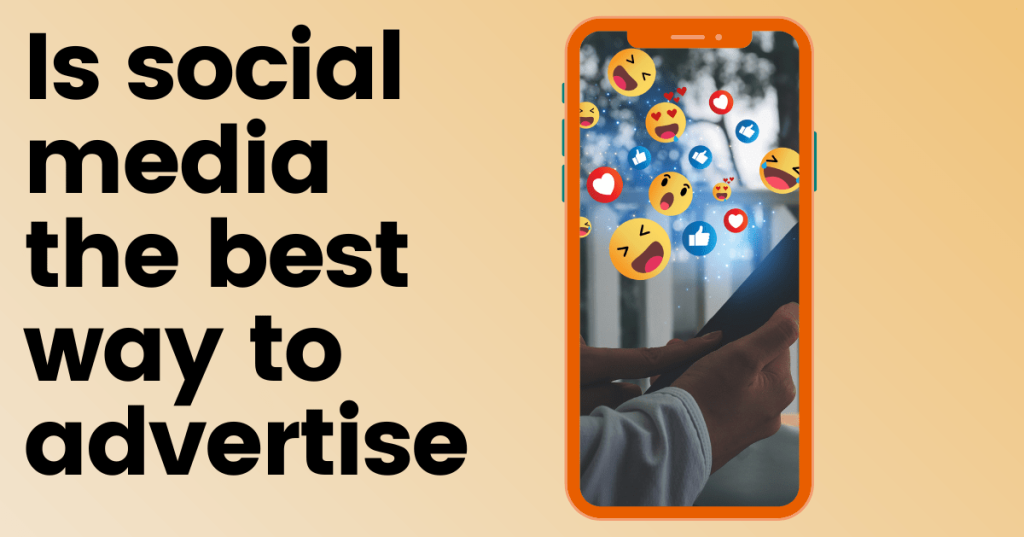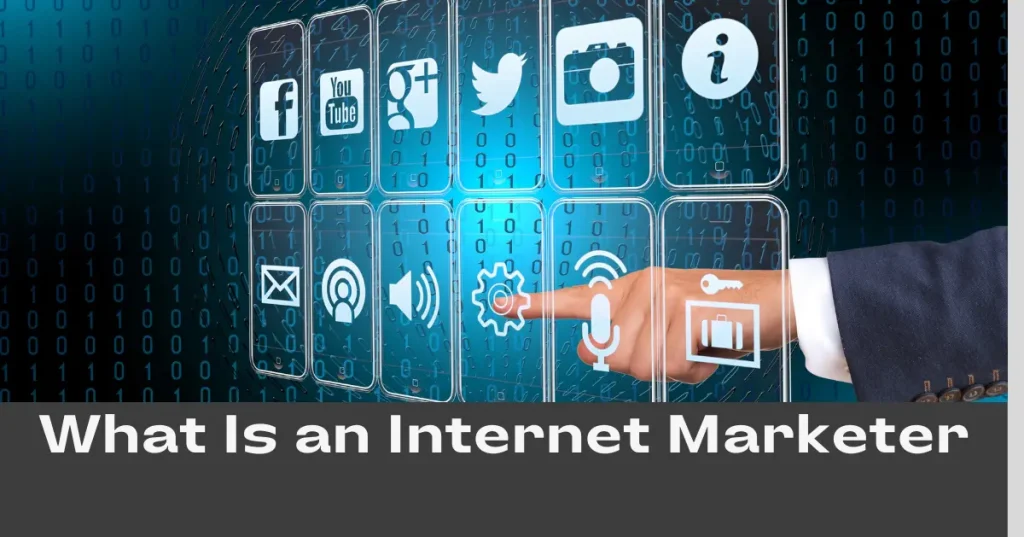Social media advertising has become popular because many people use social media every day. Advertisers like it because they can target specific groups of people based on their interests and behaviors. It’s also affordable compared to TV or newspaper ads.
On social media, ads can be interactive, like videos or polls, which makes them more engaging. Since most people use social media on their phones, advertisers can reach them wherever they are.
Using social media for advertising is a good idea. It aims to help people understand why social media ads are popular and what benefits they offer. Additionally, it provides tips for businesses to decide if social media advertising is right for them and how to make their ads work better.
Social Media Advertising
Social media advertising refers to the practice of businesses paying to promote their products, services, or brands on various social media platforms. These platforms include but are not limited to Facebook, Instagram, Twitter, LinkedIn, Snapchat, and Pinterest. Unlike organic social media posts, which are typically shared for free and reach a limited audience, social media advertising involves paying for visibility and exposure to a larger audience.
Social media ads come in various formats, including image ads, video ads, carousel ads (which allow users to swipe through multiple images or videos), slideshow ads, and sponsored posts. These ads can appear directly in users’ social media feeds, as well as in other locations on the platform, depending on the platform’s advertising options.
Advantages of Social Media Advertising
- Precise Targeting: Social media platforms collect a wealth of user data, allowing advertisers to target their ads to specific demographics, interests, behaviors, and other criteria. This means that ads are shown only to people who are likely to be interested in the products or services being advertised, maximizing the chances of engagement and conversion.
- Affordable: Social media advertising can be more cost-effective than traditional advertising channels like television or print. Advertisers have control over their budget and can choose from various pricing models, such as cost-per-click (CPC) or cost-per-impression (CPM), depending on their goals and budget constraints.
- Engagement: Social media ads can be highly engaging, with interactive formats like videos, carousel ads, and polls. Users can like, share, comment, or even click on the ad to learn more or take action, providing opportunities for brands to interact with their audience and build relationships.
- Trackable Results: Social media advertising provides detailed analytics and performance metrics, allowing advertisers to track the effectiveness of their campaigns in real time. Metrics such as impressions, clicks, click-through rate (CTR), conversions, and return on ad spend (ROAS) help advertisers measure the impact of their ads and make data-driven decisions to optimize performance.
- Flexibility: Social media advertising offers flexibility and agility, allowing advertisers to create, test, and optimize their campaigns quickly and easily. Advertisers can adjust targeting, creative elements, messaging, and budget in real time based on the performance of their ads, ensuring that campaigns are always optimized for maximum results.
- Boosts Brand Visibility: Social media advertising helps increase brand visibility and exposure by reaching a large and diverse audience of social media users. Ads can introduce the brand to new audiences, promote new products or services, and reinforce brand messaging to existing customers, ultimately increasing brand awareness and recognition.
Challenges and Limitations of Social Media Advertising
Social media advertising has some challenges:
- Lots of Competition: Many businesses use social media ads, so it’s hard for yours to stand out.
- People Get Tired of Ads: Users see so many ads that they might start ignoring them.
- Privacy Worries: People are concerned about how their data is used for ads, and there are rules about it.
- Social Media Changes: Platforms often change how ads work, which can affect how well your ads perform.
- Hard to Measure Success: It’s tricky to know if your ads are working and bringing in customers.
- Negative Feedback: Sometimes people don’t like ads and might say bad things about your brand publicly.
- Dependent on Platforms: Your advertising success relies on social media platforms, and the changes they make can affect your ads.
Comparison with Other Advertising Channels
Comparing social media advertising with other channels shows various distinctions.
Targeting Precision
Social media platforms enable advertisers to pinpoint specific demographics, interests, and behaviors, ensuring ads reach the most relevant audience. In contrast, traditional channels lack this level of precision targeting, often broadcasting to a wider, less targeted audience.
Cost Efficiency
Social media advertising typically offers more cost-effective options compared to traditional channels such as television or print media. Advertisers can set flexible budgets and bidding strategies, optimizing spending for better results. Traditional channels often require substantial upfront investments and may have less flexibility in budget management.
Engagement Opportunities
Social media ads foster direct interaction with users through likes, comments, and shares, enhancing engagement and brand interaction. Traditional channels typically offer one-way communication, limiting opportunities for audience interaction and feedback.
Measurability and Analytics
Social media platforms provide robust analytics tools, offering advertisers detailed insights into ad performance metrics such as impressions, clicks, conversions, and return on investment (ROI). Traditional channels may provide limited measurability, relying on estimated audience reach and engagement metrics.
Audience Reach and Accessibility
Traditional channels have the advantage of reaching a broader audience, including individuals who may not be active on social media platforms. However, social media advertising can target specific demographics more precisely, ensuring messages reach those most likely to be interested in the products or services.
Creative Flexibility
Social media advertising offers a wide range of ad formats, including images, videos, carousel ads, stories, and interactive polls, allowing for more creative and engaging content. Traditional channels may have limitations on ad formats and creative execution, limiting opportunities for innovation and interactivity.
Conclusion
Social media advertising offers many benefits like targeting specific audiences, cost-effectiveness, and engagement, but it might not be the best choice for every business. Traditional advertising still has its advantages, such as reaching a wider audience.
The effectiveness of advertising depends on factors like the target audience, budget, and goals. So, businesses should consider using a combination of social media advertising and traditional methods.
The key is to find the right balance between the two to maximize results. By understanding the strengths and weaknesses of each approach, businesses can create more effective advertising strategies that reach their target audience and achieve their marketing objectives.



